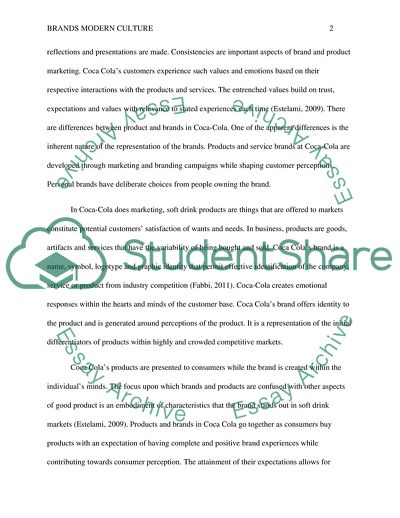Brands Modern Culture Assignment Example | Topics and Well Written Essays - 1250 words. https://studentshare.org/marketing/1860049-brands-modern-culture
Brands Modern Culture Assignment Example | Topics and Well Written Essays - 1250 Words. https://studentshare.org/marketing/1860049-brands-modern-culture.


